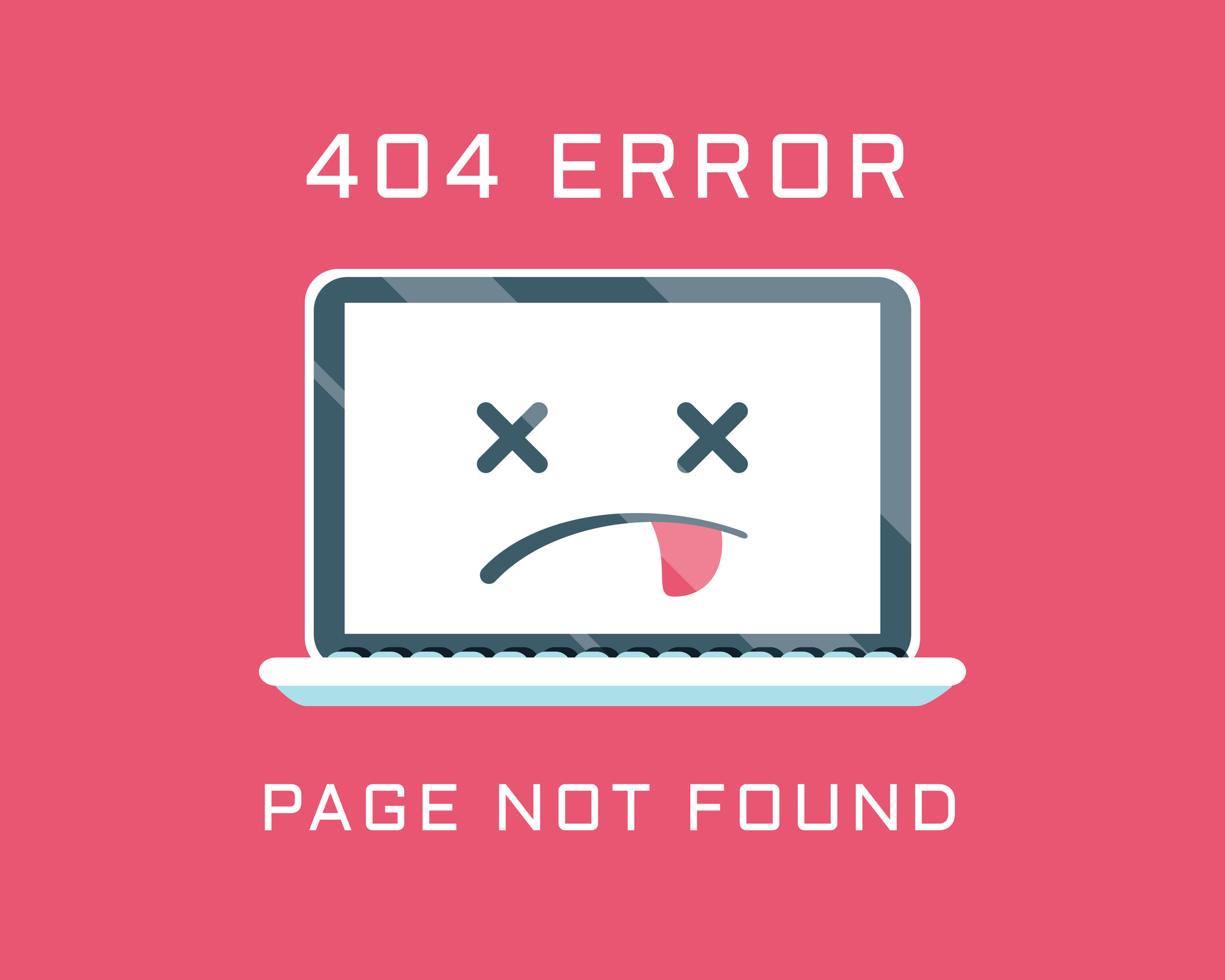Businesses often make one of two mistakes when dealing with outdated content on their websites. One, ignore it. Or two, remove it entirely from their site. Both approaches overlook a more effective strategy for dealing with aging blogs, articles and webpages that may still contain information relevant to customers looking for someone like you online.
The issue matters for a variety of reasons, all of which impact your bottom line:
- Effect on viewer numbers
- Tied to keyword searches
- Correlation with Google rankings
- Inevitable part of content’s trajectory
- Can translate to decline in business
The sudden disappearance of older pages and content can also cause confusion, which is why brands should follow best practices for dealing with decay and keeping their sites up to date.
What Is Content Decay and Why Does It Matter?
Content decay is a common part of the life cycle of a lot of online content that businesses work hard to create – particularly those focused on what is currently most relevant. It affects blogs, online videos, and other valuable forms of information intended to educate and attract viewers searching for answers online.
As viewers’ interests change, however, so do questions and common keywords for searching for information online. Therefore, the same terms that initially attracted people to a blog or webinar, causing it to grow in popularity when the information was fresh, can take a dive as the focus of your target audience changes direction.
Follow Helpful Strategies for Avoiding and Reversing Content Decay
You have likely noticed that certain articles contain tags letting you know the date they were most recently updated. This is a sign that the website is combatting what might otherwise become a stale or less desirable source of information. It is just one common and highly visible way that smart brands are staving off the dreaded decay of their website’s aging content.
In particular, companies with a large backlog of content should take whatever steps they deem necessary to keep content fresh on their site. There are several ways this is happening:
1. Install Transition Pages to Explain Obsolete Product or Service Information
According to Search Engine Journal, it may be a mistake to immediately delete information or interior pages with obsolete product information. There are intermediary methods of handling decay so as not to cause confusion among viewers. Even if some content will be deleted, it may be wise to install transition pages (or messages if an entire page isn’t warranted). These are like temporary inserts to let viewers know they are headed toward older content.
2. Address Outdated or Inaccurate Images, Infographics and Other Visual Content
Visual content such as photos and infographics need to be relevant. Sort through your back pages to look for problem videos and images. Something containing medical advice may be just as relevant five years after it was posted. But any areas of information that are thought of differently today are the kind of thing marketers should consider revamping or removing.
3. Follow Google Suggestions to Avoid Content Decay and Boost Rankings
Google has suggested other tactics for dealing with the problem. They mostly amount to reviewing pages for anything that reduces the quality of content – then taking some simple steps:
- Fix broken links
- Add updated links if relevant
- Add content notifications
- Update’s publication dates
- Change outdated formatting if necessary
4. Delete or Rewrite Misinformation and Anything Misleading or Harmful
If there’s a chance outdated information could mislead or confuse viewers, it may be best to remove it without delay. For example, medical advice that has been reversed would not be prudent and may even leave your company vulnerable to criticism or worse. Even outdated technical information could unintentionally mislead a consumer and put your brand at risk. In addition, when deleting content, be sure to implement proper redirects so that users do not experience 404 page errors.
5. Create Auditing System for Periodic Content Inspections
Some companies with a large backlog of online information have created a system of regular audits of older content. Some actions to consider during an audit might include:
- Re-assessing your sitemap to ensure it is still relevant and easy to navigate
- Looking for pages of content that seem too light or otherwise unhelpful
- Reviewing the relevance of tags and categories on past blogs
- Consolidating tags where they have been overused
A periodic reminder can be helpful for large scale websites with regular posts and growing backlogs.
Does All Content Need to Be Refreshed or Updated?
Not every page of content becomes irrelevant as it ages. Not all products and services change over time. A case study or historical account may be just as accurate today as the day it was posted. It is up to each company to determine which areas of their website need the most attention.
A good rule of thumb when reviewing your pages is to think about your audience. Is this content still helpful to them? If so, leave it. If it appears to be lacking, then update it.
Ask a Trusted Digital Marketing Agency for Help Keeping Your Content Up to Date
Addressing decaying content is a big job that most growing companies don’t have the bandwidth to manage. That’s why it pays to hire an experienced digital marketing firm, both to create timely content regularly and to implement strategies for maintaining the quality of your website.
At Connections Marketing, our team members have expertise in all areas of digital marketing relevant to creating and updating online content. Contact us today to ensure your content remains as fresh as possible.

